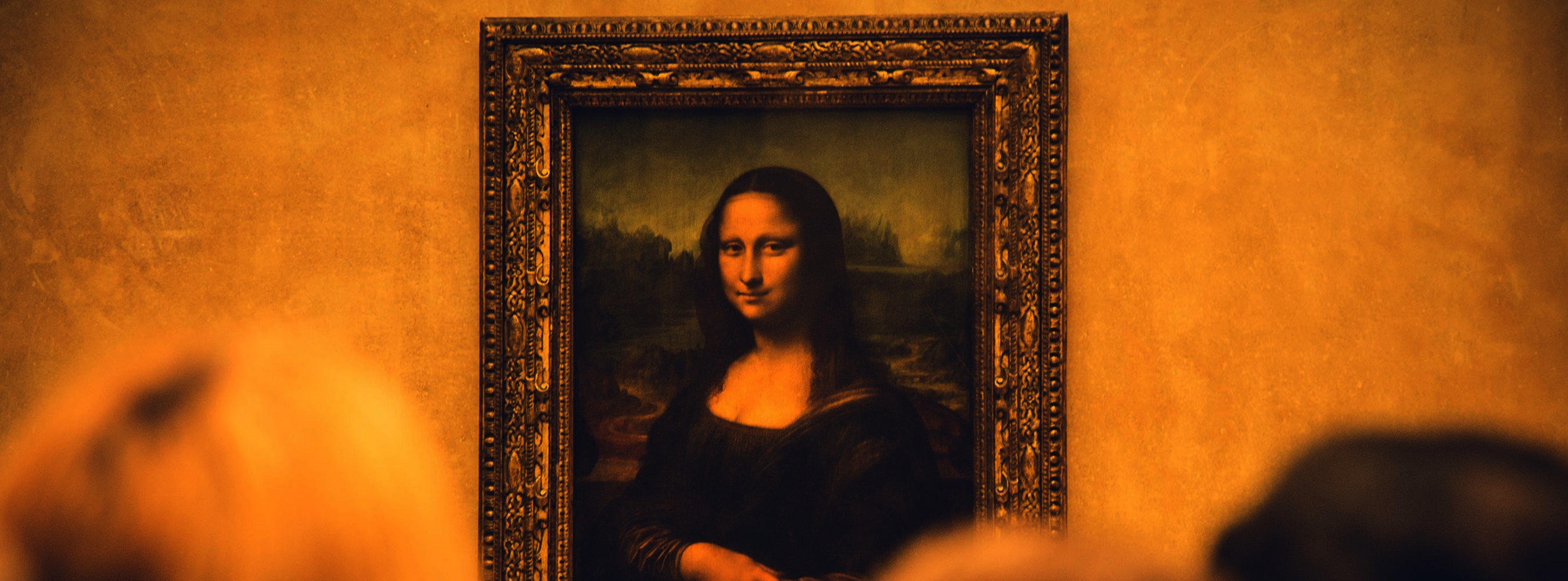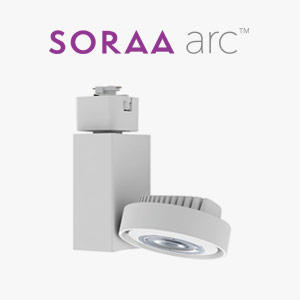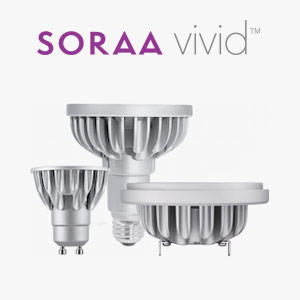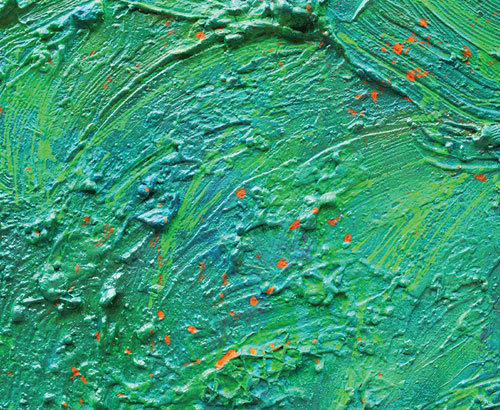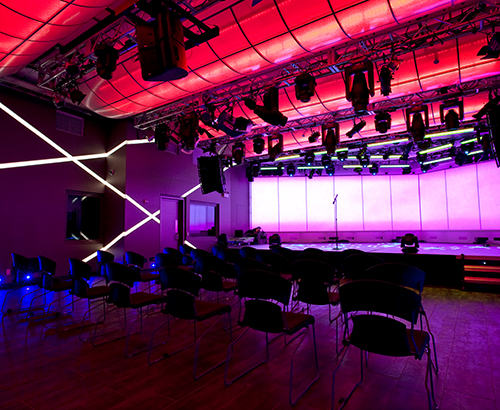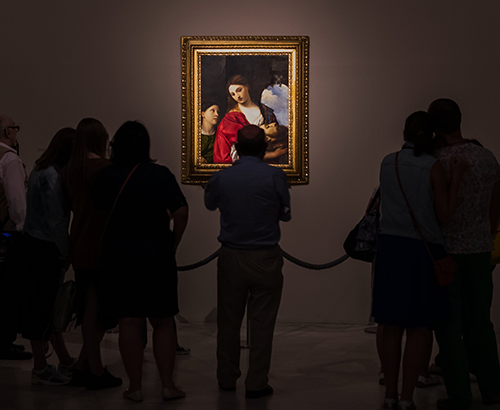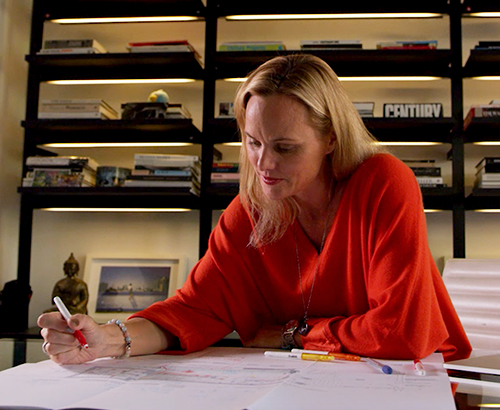I like this
Tranquil, crisp, and inviting. These three descriptors are just a sample of the must-have characteristics of places where discerning and tasteful consumers most like to spend their valuable free time. Where experience trumps errand, gallery denizens and lighting designers curate engaging environments to attract, and enthrall, visitors.
A key part of that experience is cultivating an ethereal environment, illuminated with beautiful, natural light, that expertly showcases all colors in the visible spectrum – an imperative for art exhibitions. Case in point, a study by Texas State University – San Marcos states that, “Lighting plays a significant role in developing interactions between humans and museum artifacts in one defined space. Museums are places where lighting design is critical to the overall experience.
SORAA, a world leading lighting design pioneer, is lending its expertise in creating impactful environments to leading-edge museums, creating brilliantly lit spaces with innovative lighting solutions that artfully renders true colors and whites. The effects are vividly apparent in spaces from an enchanting cavern to thought-provoking museums worldwide.
Proper color rendering, gives designers the ability to show an object’s truest, most natural colors, which is crucial to museum exhibitions. Consider how essential the best possible light is when you are viewing a priceless, multi-hued piece of art. Without glare or red tones, art should be showcased in the next-best thing to sunlight.

When the Crocker Art Museum in Sacramento, California needed to light an exhibition of glass art with its infinite, reflective surfaces, it turned to SORAA. Featuring the works of 70 artists, the “Glass for the New Millennium: Masterworks from the Kaplan-Ostergarrd Collection,” the exhibition posed a difficult challenge.
“When illuminating glass, color rendering is the most important element. You must have true, accurate colors to bring out the best in glass,” said Matthew Isble, Exhibit Designer and Chief Preparator for the Crocker Art Museum. “We needed a light source to make the glass come to life, bringing out the shapes, forms and colors. It was clear to us that the SORAA team members are serious about perfect lighting.”
Additionally, museums need to consider light sources that are simultaneously energy efficient and harmless to their artifacts, according to the environmentally-friendly Brinton Museum in Bighorn, Wyoming. Featuring 19th-21st century Western and American Indian art, including 5-foot long flowing headdresses made of delicate feathers, rare tribal war shirts and painted drums, the museum handpicked delicate SORAA lights, which are representative of the groundbreaking advancements in LED lighting technology, to showcase the collection without damaging any pieces with ultraviolet/infrared radiation or heat.
Investigating the right light option is key to the success of any setting — from homes and apartments to restaurants, bars, retail spaces and much more. As the Wall Street Journal recently reported, “Light quality is largely subjective: One person’s ‘crisp white’ may be another’s ‘icy cold.’ Biology also plays a part: As we age, our eyes are less able to detect blue wavelengths, making the world seem more yellow.” From the Smithsonian Institute in Washington D.C., to the Louvre in Paris, museums are taking notice of these amazing results.
Sources: “Study of Museum Lighting and Design” (Texas State University), “Lighting Up Your Store — and Your Sales” (Entrepreneur), “SORAA LEDs Perfectly Illuminate the Natural Artistry in ‘The Fairy Grottoes” (SORAA), “Lighting Designers on the Best LED Lightbulbs You Can Buy” (The Wall Street Journal)
Photo credit: Unsplash
